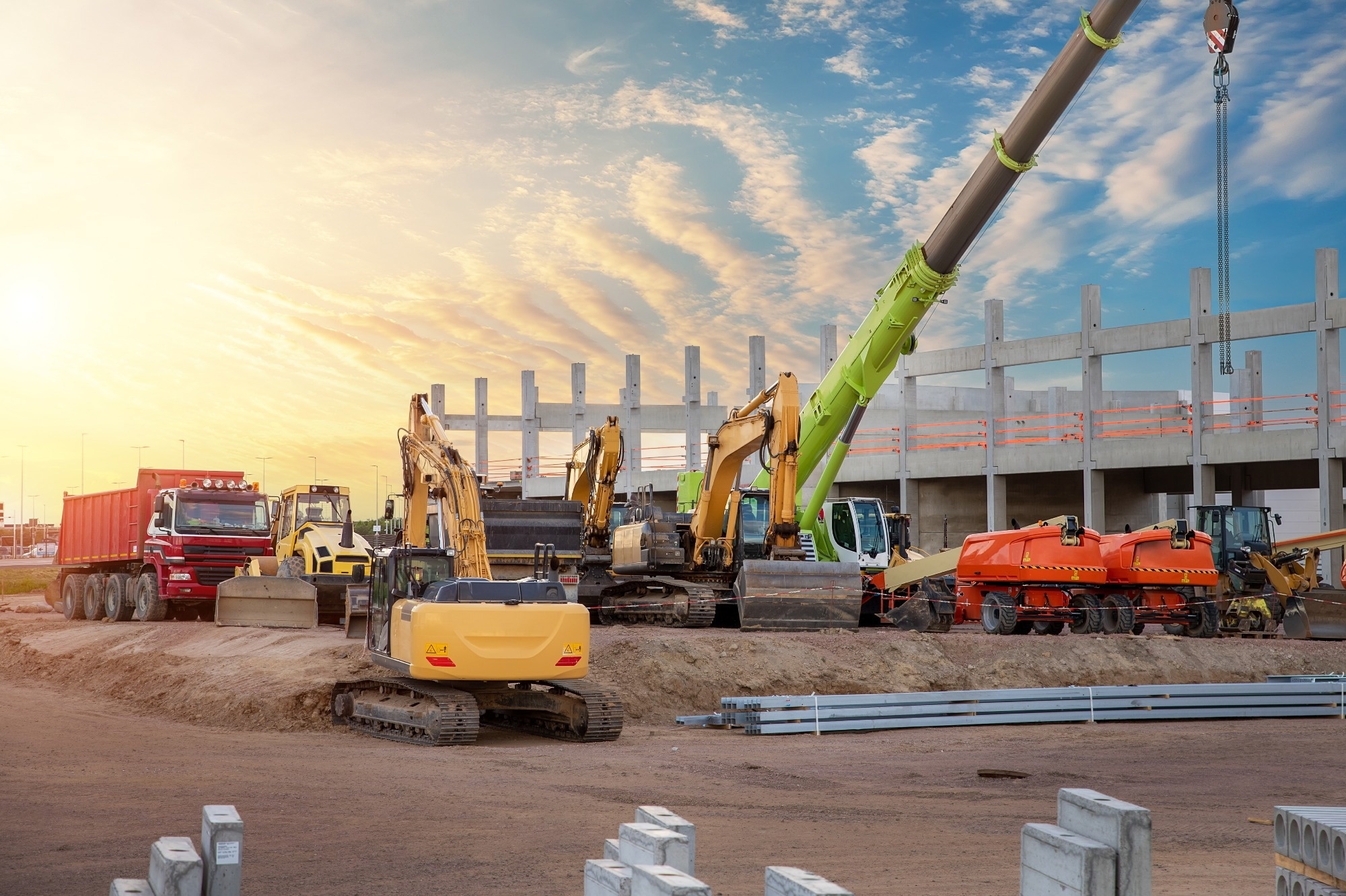An article published in the journal Scientific Reports introduces an optimized artificial intelligence (AI) method for detecting safety helmets and mask-wearing on municipal construction sites. As urban infrastructure projects proliferate, ensuring worker safety and health safeguards grows increasingly critical. This research demonstrates a promising deep-learning solution to elevate on-site protective equipment inspection.
 Study: AI-Optimized Safety Monitoring in Urban Construction. Image credit: Gorloff-KV/Shutterstock
Study: AI-Optimized Safety Monitoring in Urban Construction. Image credit: Gorloff-KV/Shutterstock
With accelerated advancement, ensuring personnel safety and health protocols is vital for successfully delivering municipal construction projects. However, dependence solely on manual supervision can prove burdensome and risk oversight by human error, enabling unnoticed shortcomings. Intelligent monitoring systems powered by AI present multiple advantages compared to conventional manual approaches. This stems from AI's proficient pattern recognition capabilities and aptitude for promptly identifying deviations from protocols or standards.
Prior works in the research domain have explored independent detection of either safety helmets or face masks utilizing models like variants of the You Only Look Once (YOLO) architecture for object detection. However, the simultaneous identification of multiple categories of small, obstructed target types frequently encountered in cluttered and confined municipal construction work zones must be addressed effectively.
Study Methodology
This paper puts forth an enhanced real-time construction site worker personal protective equipment monitoring algorithm capable of simultaneously detecting both safety helmet and face mask-wearing statuses. This is achieved by leveraging targeted optimization strategies for augmenting the widely adopted YOLO version 5 scaled-down variant (YOLOv5s) object detection model as the base architecture.
The parametrically heavy standard backbone network of YOLOv5s is replaced by the exceptionally efficient ShuffleNet version 2 (ShuffleNetv2) lightweight convolutional neural network, substantially reducing parameters and computations for improved mobile platform compatibility. This substitution also enhances the richness and representational power of extracted visual features.
The Efficient Channel Attention (ECA) mechanism is also incorporated to focus model attention selectively on the most information-rich feature channels. This mechanism counteracts the loss of fine details due to dimensional reduction, which conventionally erodes information content and detection accuracy.
An improved Efficient Intersection over Union (EIoU) loss function further looks to ameliorate boundary box fitting difficulties, convergence deficiencies, and class imbalance problems that have plagued preceding loss formulations utilized in the YOLO model family.
Results
Extensive experiments demonstrate a considerable 4.3% increase in mean Average Precision (mAP) over the unmodified base YOLOv5s model, with the enhanced version achieving 0.875 mAP. This evidences that the cumulative refinements introduced furnish tangible accuracy improvements. Particularly pronounced precision gains are attained for problematic instances like small, overlapped, or obstructed target detection cases frequently witnessed in complex real-world contexts.
Simultaneously, approximately 55% savings in parameter volume and 54% in computational requirements are attained compared to the unoptimized original. These massive resource requirement reductions facilitate more lightweight and eco-friendly hardware implementations. Measured tradeoffs remain reasonably modest, with only a minor speed decline noted but fully real-time processing capabilities preserved.
Future Outlook
As construction projects boom in urban environments, ensuring worker safety through traditional methods becomes increasingly challenging. AI-powered monitoring systems offer a promising solution by accurately detecting helmet and mask usage in real time, even in complex conditions. These systems boast improved accuracy, real-time monitoring, and automated alerts for immediate intervention.
Recent research has addressed the challenge of detecting multiple small objects in construction environments, paving the way for scalable and efficient safety management. By embracing AI, the construction industry can significantly reduce accidents, improve worker health, enforce safety protocols, boost efficiency, and ultimately create a safer and healthier working environment.
The superior processing speed, detection precision, and expected deployability advances substantiate the viability of the enhanced YOLOv5s design for enabling robust personal protective equipment inspection. This holds substantial promise for significantly furthering municipal construction site safety via comprehensive, wide-area, non-intrusive monitoring to alert non-compliance and prevent avoidable harm reactively. Such capabilities can benefit all project stakeholders through prompt issue identification and mitigating risks before accidents emerge.
Additional fine-tuning to maximize accuracy and suitability paired with ancillary interface development could further bolster real-world effectiveness and usability. The promising results warrant consideration of controlled pilot testing on active construction sites as a next step to quantify system performance in complex field environments. Beyond confirming functionality for the immediate use case, the improvements could inform follow-on enhancement efforts across the broader deep learning ecosystem.
Journal reference:
- Li, S., Lv, Y., Liu, X., & Li, M. (2023). Detection of safety helmet and mask wearing using improved YOLOv5s. Scientific Reports, 13(1), 21417. https://doi.org/10.1038/s41598-023-48943-3, https://www.nature.com/articles/s41598-023-48943-3